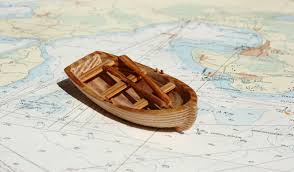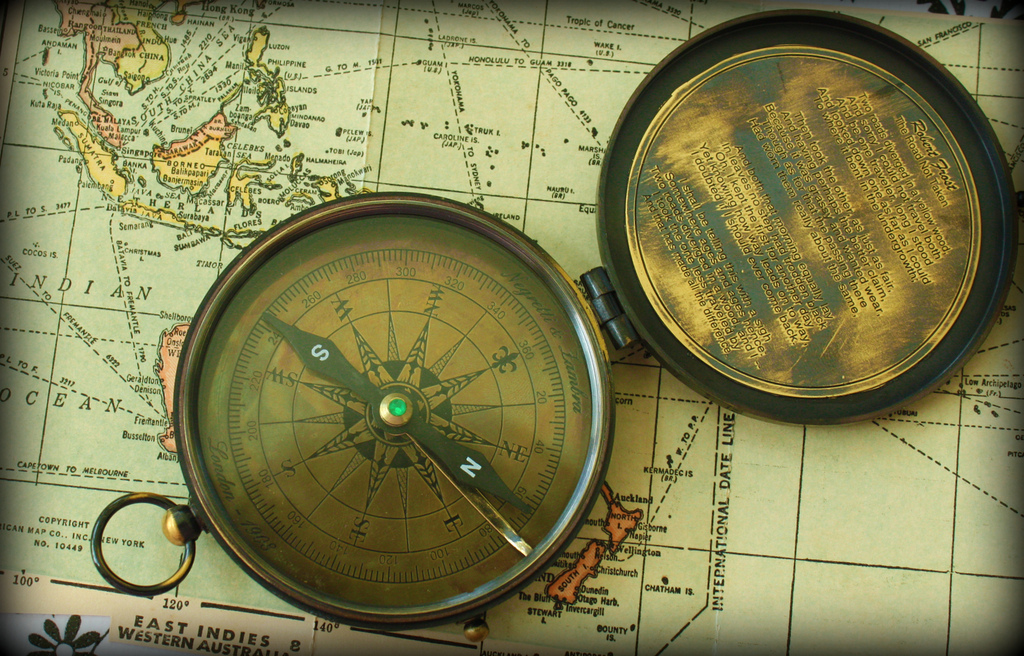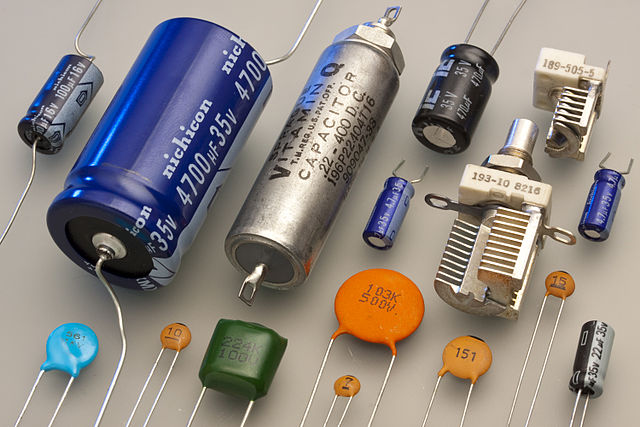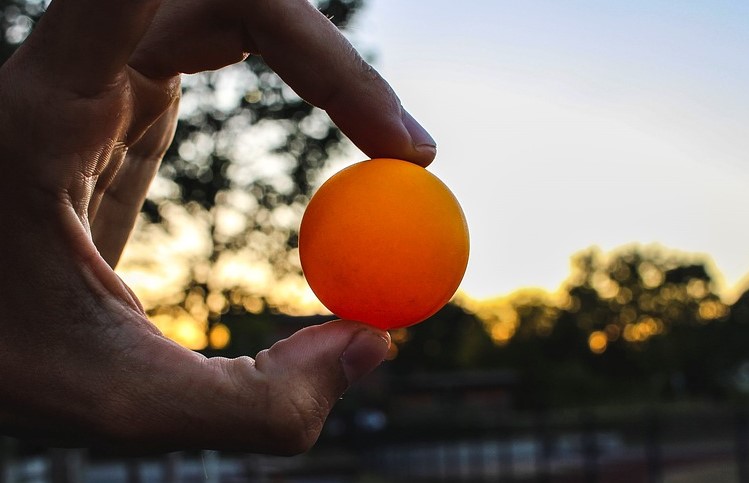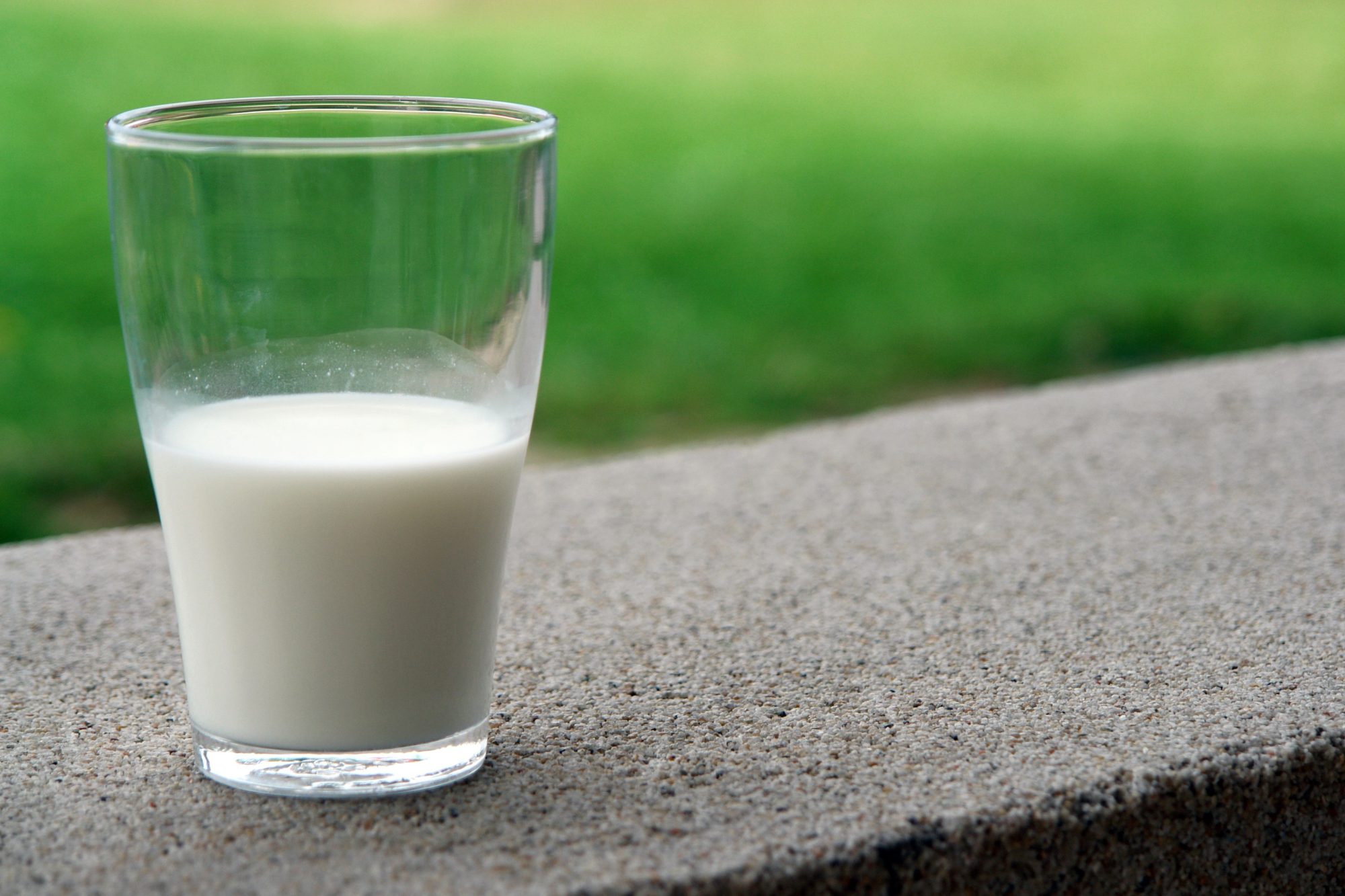Step 1
In each of the seven plastic cups pour a small amount of one of the different liquids, such that each cup contains a small measure of a different liquid. The amount poured into each cup depends on the size of the glass cylinder. Aim that together, the liquid volumes in the different cups will fill the cylinder.
Step 2
Add a few drops of food coloring to the colourless liquids and stir to mix in the colour.
Step 3
Empty the cup containing the honey into the glass cylinder, making sure the honey does not touch the sides of the cylinder. Always pour liquids into the cylinder gently to prevent splashes and mixing with other liquids.
Step 4
Repeat the above step for the cups with corn syrup, dish soap and water. Make sure these liquids do not do not touch the the sides of the glass cylinder.
Step 5
Add the vegetable oil to the cylinder. The liquid can be poured directly on or the food baster can be used.
Step 6
Wash the food baster using soap and use it to pour rubbing alcohol in the glass cylinder. Direct the rubbing alcohol towards the sides of the jar instead of emptying it directly into the centre of the tower, to help prevent it mixing with the other layers.
Step 7
Rinse the food baster again and use it to pour the lamp oil in a similar way to the rubbing alcohol. This makes the final liquid layer.
- Lamp oil is extremely flammable and should be handled with care.
- It is highly recommended to test the density column before the actual demonstration/experiment, as the densities of the liquids may vary from brand to brand.
A demonstration approach could be taken. In this case, prepare some labels featuring the name and density of each fluid being used in the experiment. The densities of different liquids can be found easily through a web search.Pour the liquids into the cylinder one at a time to form the different layers (as described in the ‘Method’), and after adding each layer, attach the appropriate label for that layer to the cylinder using tape or sticky tack.
An alternative approach involving experimentation can be used. Prepare cups with the different liquids as explained in the ‘Method’. Then explain the basic concepts of density as outlined in the ‘How it Works’ section, primarily that less dense liquids rise above denser liquids. Afterwards, provide the audience with the densities of half of the liquids in the cups, and encourage them to experiment in order to approximate the densities of the other liquids.
What is density?
Density is defined as the mass per unit volume of a material.
Does the value of the density have something to do with the position of the layers in the glass cylinder?
Yes! Higher density liquids will settle below lower density liquids.
Do water and oil mix?
No. Together they form an immiscible mixture.
Do some liquids sink because they are heavy?
It is more appropriate to state that denser liquid sinks below a less dense liquid. Density takes into account the volume of the liquid as well as the mass.
What happens if we don’t start with the densest material first?
No matter the order in which the materials are poured into the cylinder, they will eventually settle in a density tower according to their densities, with the densest liquid at the bottom.
This demonstration explores the science of density. Density is defined as the mass per unit volume and it is a characteristic property of a substance, usually expressed in kg/m3. It can be considered as a measure of how much material is packed together in a set volume. A denser material has more matter packed into a given volume than a less dense material does.
In this experiment, there were several liquids with different densities. Since denser liquids sink below less dense liquids, the value of a liquid’s density determines the position of that liquid in the column of layers.
Density is described by the equation:
ρ=m/V [1]
where ρ is the symbol denoted for density, m is the mass and V is the volume. The SI unit for density is kg/m3.
Density is a characteristic of a material and it is an important measure in physics. For instance, in astrophysics, density is a parameter used when observing celestial bodies. The measured density of an object in space can be compared to known densities and this gives more intuition about materials making up the objects observed.
From equation [1], it is evident that the density changes with the mass and volume of a material. More precisely, density is directly proportional to the mass but inversely proportional to the volume. To better understand the relationship between density, mass and volume, consider two material having different densities, such as polystyrene and lead. Lead has a density of 11340 kg/m3 while polystyrene has a density of 11340 kg/m3. If we fix the mass and consider a piece of polystyrene and a piece of lead both weighing 10 grams, the piece of lead would be much smaller than the piece of polystyrene. This illustrates that density is inversely proportional to volume: the material with the larger density occupied a smaller volume when the same mass of material was considered. Similarly, if we fix the volume, for example considering two 1 cm3 cubes of polystyrene and lead, the mass of the lead cube would be much larger than that of the polystyrene cube. This illustrates that density is directly proportional to mass: a denser material will be heavier than a less dense material when a fixed volume of each substance is considered.
The concepts of density introduced in this experiment, primarily that less dense materials rise above more dense materials, explains why hot air rises. When air is heated, the molecules gain energy and spread out further, thus occupying a greater volume. Consequently, the hot air becomes less dense and rises above neighbouring, cooler, air.
This experiment was not only an investigation into density, but also introduced the concept of immiscibility. Some liquids, such as water and oil, are said to be immiscible, meaning they cannot be mixed. The intermolecular forces of attraction within the materials determines whether they are miscible or not. If the intermolecular forces of the two liquids differ in their strength any attempt in mixing the liquids would simply fail, as the liquid having the stronger intermolecular force forms stronger bonds and thus would clump together, leaving the other liquid in a separate layer.
Application
Hot air balloons can float through the atmosphere by capturing heated air. Hot air has less mass per unit volume and thus rises over cooler air, lifting the hot air balloon. See the ‘How it Works’ section for a more detailed explanation of why warm air is less dense than cooler air.
Lava lamps work in a similar way to hot air balloons. Heating of the fluid in the lava lamp causes the liquid to expand, thus increasing it’s volume and therefore decreasing its density, since the mass of fluid in the lamp is constant. A heat source underneath the lamp creates a temperature gradient between the top and bottom of the lamp, which causes blobs of wax to float up through the lamp.
In a completely different application to hot air balloons and lava lamps, the concept of density is used to clean up oil spills. Oil spills pose a major threat to ocean life. Oil floats on the surface of oceans as it is less dense than seawater and poses a danger to birds which swim on the water or dive into it for food, as well as marine life living within the water. However, the fact that oil floats to the surface of water is used to clean the spilled oil.
Research
The concepts of density and miscibility investigated in this experiment have been employed to research filtration techniques. The University of Brussels in Belgium investigated multiphase filtration of immiscible contaminants in soil, both theoretically and experimentally. Multiphase filtration involves filtering a substance in a number of stages in order to remove contaminants.
- Use different brands of the same product and investigate their densities by comparing them to other liquids with known densities. This comparison can be carried out by pouring some of each test liquid onto a liquid of known density and observing whether the test liquid floats above or below the liquid of known density.




![Colour Mixing with an RGB LED [Arduino] (steamexperiments.com)](http://steamexperiments.com/wp-content/uploads/2017/09/RGB-LED.jpg)
